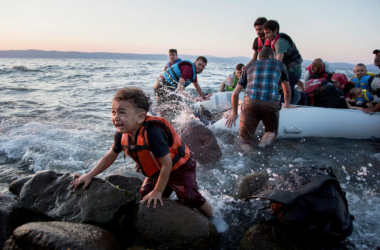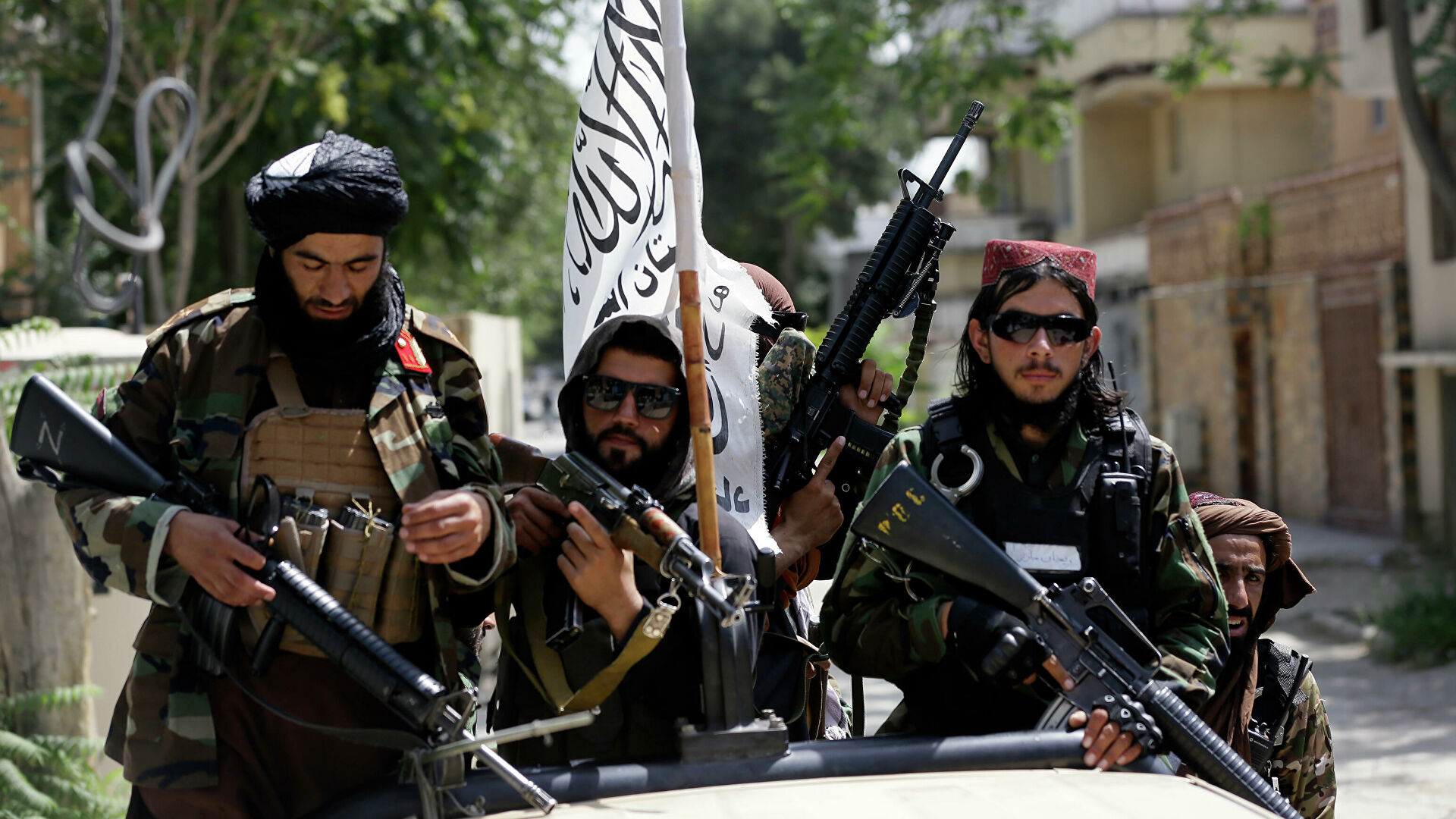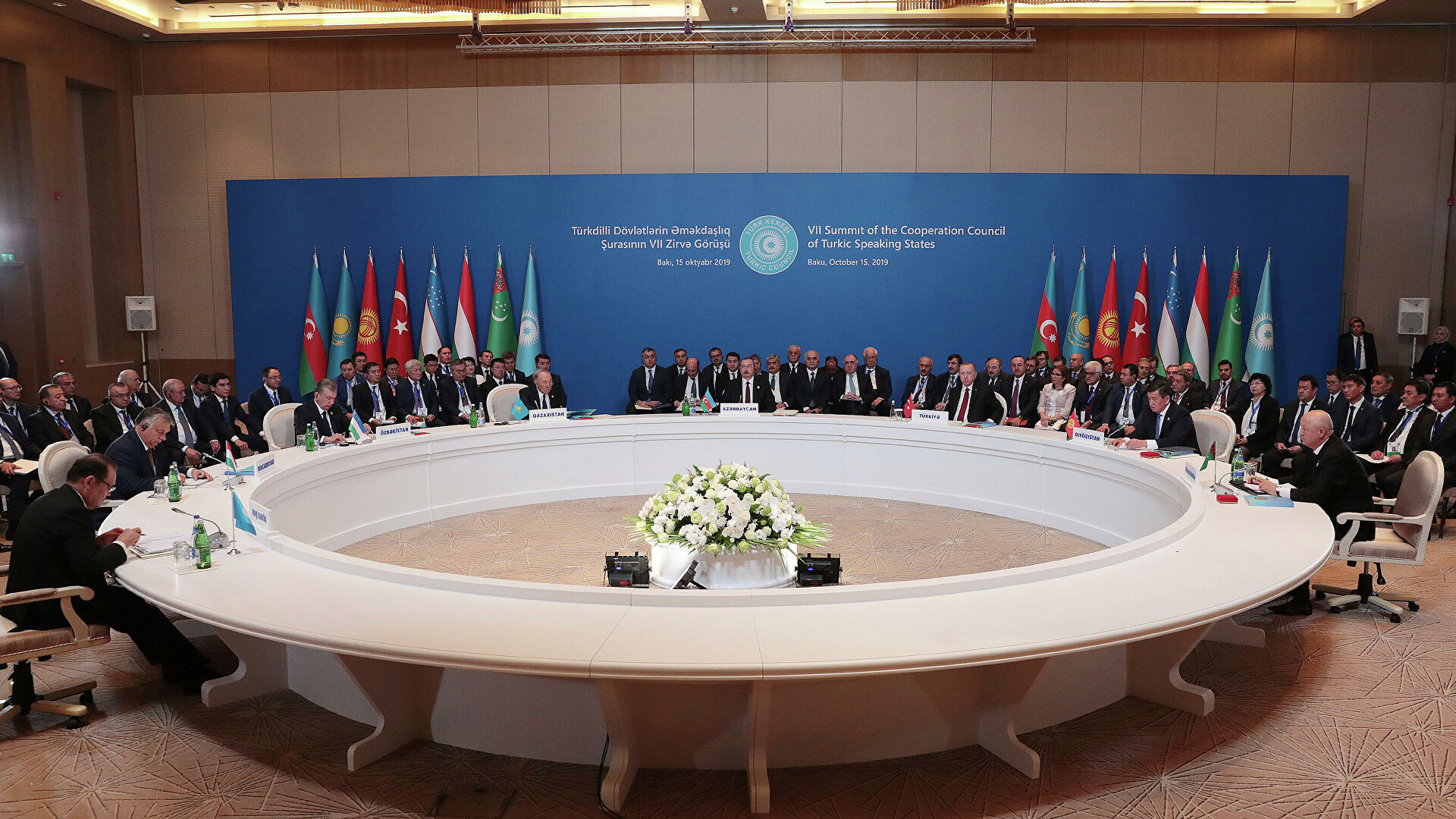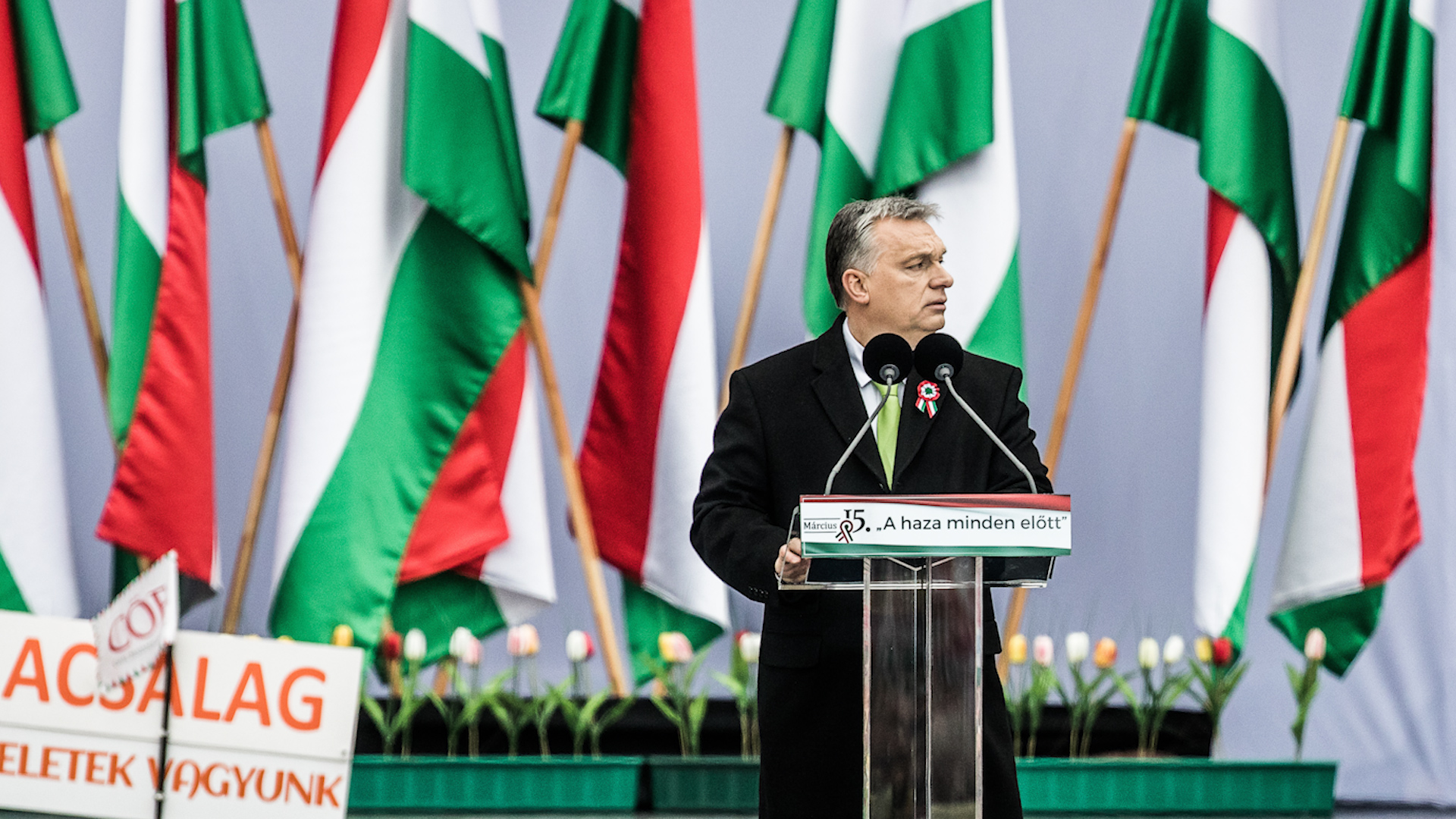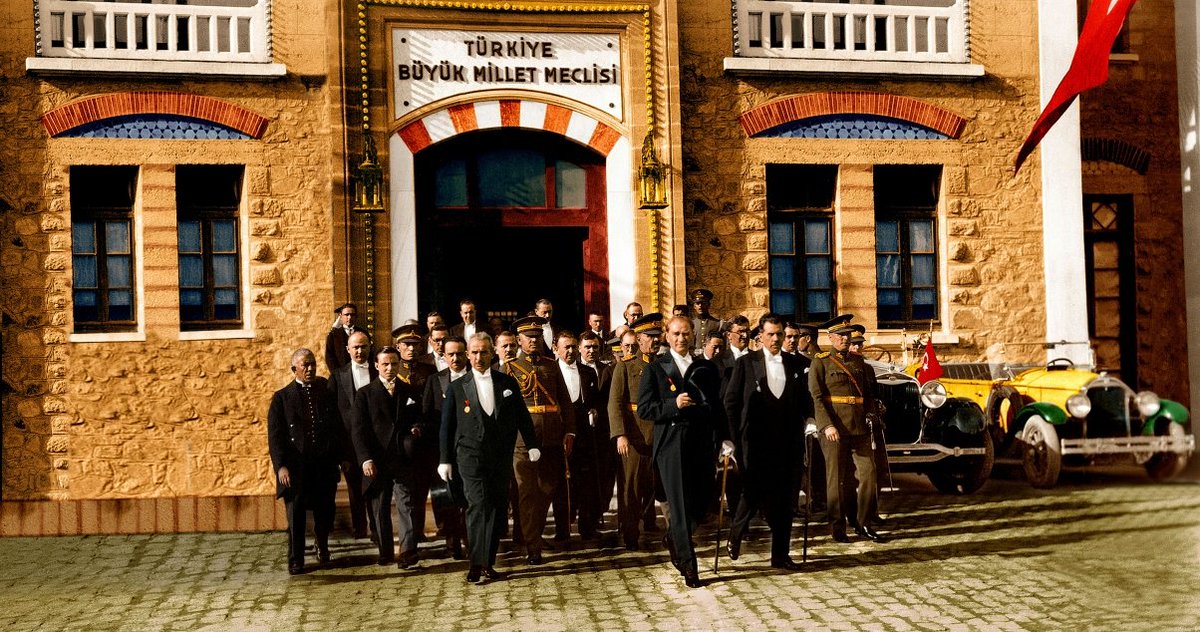The history of Islamophobia dates back to the colonization period of France, deeper connections between France and Muslim countries were made after the conquest of Algeria in 1830. Local Jewish and Muslim populations faced obstacles when they applied for citizenship after the annexation of Algeria in 1834. Those Muslims who applied for citizenship had a right to get full citizenship in 1865. Almost 2396 Arabs-Berbers were given full citizenship between 1865 and 1915, while the majority of the native population was subjected to the Code de l’indigénat discriminatory measures (Law&Easat-Daas&Merali&Sayyid,2019). After World War II, the French colonies including Algeria began to be seen as an issue for independence. The Algerian War for independence fought between France and Algeria took place in November 1954. (Law&Easat-Daas&Merali&Sayyid, 2019).
Muslim populations have already been labeled as immigrant workers by the 1970s in media. In 1974 under the Presidency of Valery Giscard d’Estaing legal immigration to France was come to an end except for family unification and asylum programs. Islam was portrayed as a foreign alienated religion in France such words like “immigrant”, “Arab” and “Muslim” that describe how Islam was perceived in France at that time. In Britain and France, both countries classified Muslims generally by their immigrant or their citizenship status, by their economic functions, or by their ethnicity (Taras, 2012).
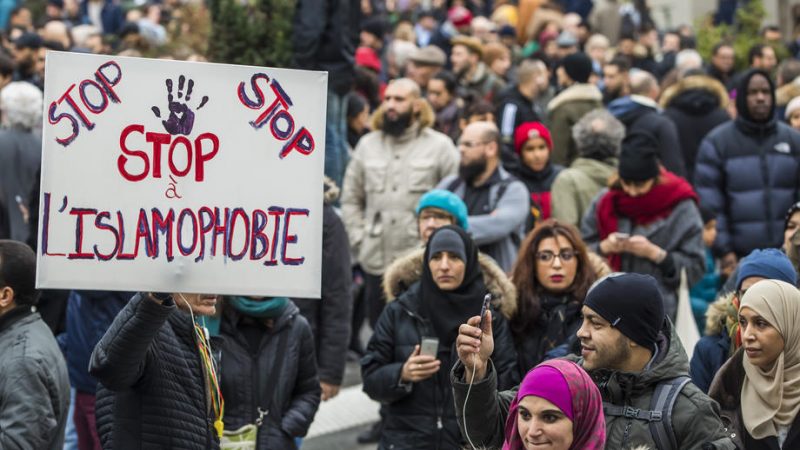

Additionally, global crises played a role in reconstructing the Muslim image in France such as the 1979 Iranian Revolution, the 1989 Rushdie Affair, the Gulf War in 1991, and the Algerian Civil War in 1991. As a consequence, the picture of Muslims formed more distorted in public opinion in France. Muslims were henceforth associated with Islamic terrorism. In the context of the political aspect, The Right and the Left had oppositions against migrant incorporation but neither of them has managed to address the needs of the second generation of immigrant young people. On the other hand, la Marche des Beurs had great repercussions for voicing egalitarian and anti-racism protests and for improving the perception of North Africans. It was the first major event of the ‘‘second generation’’ who demanding the recognition of its French citizenship, it sets as a principle the fight against racism and for equal rights. (Law&Easat-Daas&Merali&Sayyid, 2019)
With the aftermath of the Cold War, United States was regarded dominant factor in the international system until the 9/11 terrorist attacks broke out. During this period, the agenda in the United States changed from anti-communism to Islamophobia. Nevertheless, anti-Muslim sentiments have been strained not only because of the 9/11 attacks but also the situation in the Middle East such as the 1979 Iranian revolution and Iranian hostage crisis when American diplomats were held hostage for more than a year at the U.S. Embassy in Tehran and “war on terror” in Afghanistan. The 9/11 attacks were the turning point, fear of Islamic terrorist attacks widely led to the emergence of hostility manner towards the Muslim world (Frost, 2008 & Kılınç, 2019).
Kofi Annan once stated that “Islamophobia is at once a deeply personal issue for Muslims, a matter of great importance to anyone concerned about upholding universal values, and a question with implications for international harmony and peace.” (Annan,2004) It can be said that Islamophobia causes social disintegration in the global context. Since those times, French Muslims are still facing numerous challenges due to their religious status in France. According to research conducted by Stanford University in 2010, French Muslims experience a high-rate of employment discrimination, and a Muslim candidate is 2.5 times less likely than his Christian counterpart to obtain a work callback interview (Laitin,2010). Apart from the employment sphere, French Muslims are discriminated against in the education sphere. France prohibited headscarves in public schools and the wearing of burqas in public. In 2015, a 16-year-old Muslim student was suspended from school because of wearing a long-skirt. Officials were seen the long-skirt as an “ostentatious religious symbol” and a sign of one’s devotion to Islam. (Louati, 2016)
Recently, the terrorist attack on the Paris office of Charlie Hebdo, France’s leading satirical magazine, on 07 January 2015, caused the media to perceive anti-Islam as terrorism. The cause of the Charlie Hebdo attack is the magazine’s cartoon about the Prophet Muhammad as indicated. But, soon after the attack Charlie Hebdo workers claimed that they will continue their islamophobic publications. For journalists and cartoonists who have lost their lives, marches and events were organized in defense of freedom of expression of the press. After the events, the slogan “Je Suis Charlie” (I am Charlie), which keep in the minds, has become a kind of symbol of this attack. Je Suis Charlie became a new movement based on secularist ideologies but actually under the notion of Charlie Hebdo’s hostility to Muslims (Trench, 2016).
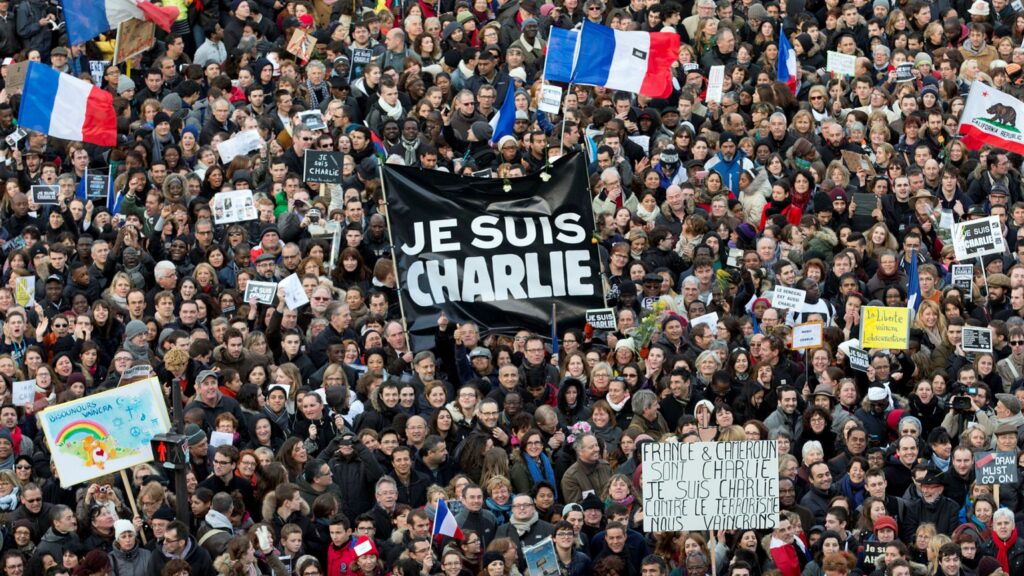

Following there has been an armed attack in Paris also known as November Attacks, which killed 130 people and prompted the government to declare a state of emergency. The government enacted the law to restrict face-covering in public and government buildings that targeted Muslim women. They also banned wearing religious clothes in public and schools including Sikh Turbans. With that being said, a massive rise in anti-Muslim incidents was reported by the Interior Ministry, up 223 percent from the previous year. Incidents included male and female abuse, destruction and vandalism of Muslim locations, and hate speech. (United States Department of State Bureau of Democracy, Human Rights, and Labor 015). Not long before, a manifesto was published in the French newspaper Le Parisien on 22 April 2018. This manifesto was written by Philipe Val, a news editor, and director of Charlie Hebdo, which is also famous for publishing cartoons of the Islamic Prophet Muhammad, and signed by former French President Nicolas Sarkozy and many famous politicians, intellectuals, and artists. The Manifesto bears the name “call against New Antisemitism” and demands the removal of verses from the Qur’an that are stated to be anti-Semitic. (Davulcu, 2019)
Today, Islamophobia is a controversial debate both on France’s and other countries’ agenda. Recently, the rate of attacks on Muslims in France in 2020 increased from 154 the previous year to 235 attacks by the 53% jump reported by Abdallah Zekri, the head of the National Observatory on Islamophobia. (Daily Sabah, 2021)
Behind the Association with Terrorism
After the September 11 attacks on the Twin Towers the subsequent attacks in European capitals such as Spain, London, Paris, Brussels, Berlin, and Manchester reshaped the concept of Islamophobia, which gained popularity and became increasingly debated, also began to be associated with terrorism. Meanwhile, terrorism and security concerns led to prolonged anti-Muslim opposition, called Islamophobia, becoming one of the important issues affecting international relations. After following attacks by terrorist organizations such as Al Qaeda and ISIS, Muslims had viewed cruel creatures and pro-terror individuals worldwide. (Silverstein, 2018) Besides, Xenophobia is known as ‘‘fear of the other’’ strengthened in the wake of the 9/11 attacks discrimination to the Muslim world into terrorist and the other. As noted in its 2002 report on Islamophobia by the European Union Monitoring Centre on Racism and Xenophobia, “Much of what happened after 11 September drew heavily from pre-existing forms of prevalent Islamophobic and xenophobic attitudes” (Kılınç, 2019)
According to European Union Minorities and Discrimination Survey Data in Focus Report-Muslims conducted by European Union Agency for Fundamental Rights (FRA) reflected that discrimination rate by ethnic origin and country is 26% of North African people and 25% for Sub-Saharan African people in France. Also, in 14 members of European Union (EU) countries total discrimination rate against Sub-Saharan African and North African Muslims is 46%. (European Union Agency for Fundamental Rights (FRA), 2009) For example, Muslim respondents from several states such as Austria and Slovenia reported lower levels than Muslim groups in Belgium and the Netherlands respondents from North African groups reported a higher rate of discrimination. Particularly, respondents of Sub-Saharan and North-African origin reported the highest discrimination rate in comparison with other minorities within the country. (European Union Agency for Fundamental Rights (FRA), 2009)
Politicians, media commentators, and authors focused on the creation of a distorted image by demonizing Islam as a faith and Muslims as a community (Awan, 2010). French media has been criticized for identification Islamophobic stereotypes and reinforcement of racial discrimination that exists for a long time in the national context. It is being argued “Islamisation” of the young in many suburbs linked to social exclusion led to the occurrence of national debates in France. (European Monitoring Centre on Racism and Xenophobia, 2002).
For example, people in airports tend to believe when they see a woman wearing a hijab or someone who has an Arab-sounding name could be a bomber. These assumptions may be preventing respectful dialogues to overcome Islamophobia today. Moreover, media plays an important role in constructing the ‘‘terrorism’’ label or othering in terms of islamophobia. In France, where the 4.5 million Muslims live, the media focuses on the fact that radical Islamists are shown as the perpetrators of the events and that Muslims pose a potential threat (Turk, 2004). Speaking of media actors, talk show hosts such as Michael Savage, Stephen Schwartz, and Christopher used the word ‘‘Islamofascism’’ to relate the distinction between Islam as a religion and Muslim extremists.


In contrast, various radio and television media officials called for unity after the Paris attacks tried to break the tension between Muslim and French society. After these requests, Anas Saghrouni the president of Etudiants musulmans de France (EMF) said that “We were affected like everyone else, so we expressed our sadness and pain. We had to be heard because our message is balanced and thoughtful.” Furthermore, the number of civil society organizations and public personalities have supported this call and launched the social media campaign Nous sommes unis (We are united). In order to change the direction of the usage of media, there also have been created educational tools such as Parle-moi d’Islam (Talk to me about Islam) includes educational videos and articles on YouTube and other social media platforms. (Law&Easat-Daas&Merali&Sayyid,2019).
United Nations passed a resolution on 8 September 2006 which is called 60/288. The United Nations Global Counter-Terrorism Strategy stated that: “Reiterating its strong condemnation of terrorism in all its forms and manifestations, committed by whomever, wherever and for whatever purposes, as it constitutes one of the most serious threats to international peace and security.” It is also highlighted that terrorism cannot and should not be associated with any religion, nationality, civilization, or ethnic group. (United Nations General Assembly, 2006).
In European countries, Islam is viewed as a reverse of European democracy according to the idea of fundamentalism. More precisely, the radical Islamism movements in European countries were portrayed as Western democracy’s rival and played a role in the securitization of immigration. It has been classified into three sections what radical Islam is: jihadists who are tended to terrorist attack into European countries, opponents of Western values, and the ones who embraced political Islam such as the Pakistani Jamaat-e-Islami. When confronting anti-Islamic sentiments, cultural relativism which is accepting men or women should be understood on the right to equality, freedom, and secular values remains in the background in France. (Taras, 2012)
Islamophobia is a phenomenon that shows its first signs during the colonization period of France, but is also born of anti-minority approaches in previous revolutionary movements and is encountered today as a fear. With the current terrorist attacks and the politicization of Islamic values by the attackers, the approach to Muslims both in the world and in France has started to be associated with terrorism through generalization and othering.
REFERENCES
Law, I., Easat-Daas, A., Merali, A., & Sayyid, S. (2019). Countering Islamophobia in France. In Countering Islamophobia in Europe (1st ed. 2019 ed., pp. 213–217). Palgrave Macmillan.
Taras, R. (2012). Norms and model of migrant rights. In Xenophobia and Islamophobia in Europe (1st ed., pp. 50–56). Edinburgh University Press.
Musée De L’histoire De L’immigration. (1983). La marche pour l’égalité et contre le racisme | Musée national de l’histoire de l’immigration. https://www.histoire-immigration.fr/collections/la-marche-pour-l-egalite-et-contre-le-racisme
Frost, Diane. (2008). Islamophobia: Examining causal links between the state and “race hate” from “below”. International Journal of Sociology and Social Policy. 28. 546-563. 10.1108/01443330810915242.
Adida, Claire & Laitin, David & Valfort, Marie-Anne. (2010). Identifying Barriers to Muslim Integration in France. Proceedings of the National Academy of Sciences of the United States of America. 107. 22384-90. 10.1073/pnas.1015550107.
o, Y. (2016). When a French school suspends Muslim girl for wearing a long skirt. Middle East Eye. https://www.middleeasteye.net/opinion/when-french-school-suspends-muslim-girl-wearing-long-skirt
Trench, B. (2016). “Charlie Hebdo”, Islamophobia and Freedoms of the Press. Studies: An Irish Quarterly Review, 105(418), 183-191. Retrieved February 10, 2021, from http://www.jstor.org/stable/24871662
United States Department of State Bureau of Democracy, Human Rights, and Labor. (2015). FRANCE 2015 INTERNATIONAL RELIGIOUS FREEDOM REPORT. https://2009-2017.state.gov/documents/organization/256401.pdf
D.S. (2021, January 29). Islamophobic attacks in France increase by 53% in 2020. Daily Sabah. https://www.dailysabah.com/world/europe/islamophobic-attacks-in-france-increase-by-53-in-2020
Davulcu, E. (2019). ORYANTALİST POSTMODERNİZM, İSLAMOFOBİ, FRANSIZ BASINI: “YENİ ANTİSEMİTİZME KARŞI MANİFESTO” SONRASI YAYINLANAN HABERLERİN LE MONDE, LE PARİSİEN, LE FİGARO GAZETELERİ ÜZERİNDEN İNCELENMESİ Türkiye Sosyal Araştırmalar Dergisi , 23 (2) , 501-522 . Retrieved from https://dergipark.org.tr/tr/pub/tsadergisi/issue/47639/553163
Silverstein, Paul. (2008). The context of antisemitism and Islamophobia in France. Patterns of Prejudice. 42. 1-26. 10.1080/00313220701805877.
AWAN, M. (2010). Global Terror and the Rise of Xenophobia/Islamophobia: An Analysis of American Cultural Production since September 11. Islamic Studies, 49(4), 521-537. Retrieved February 10, 2021, from http://www.jstor.org/stable/41581122
European Monitoring Centre on Racism and Xenophobia (EUMC). (2002, May). Summary Report on Islamophobia in the EU after 11 September 2001. The University of Birmingham. https://fra.europa.eu/sites/default/files/fra_uploads/199-Synthesis-report_en.pdf
Turk, Austin. (2004). Sociology of Terrorism. Annual Review of Sociology. 30. 271-286. 10.1146/annurev.soc.30.012703.110510.
Kılınç, R. (2019). Islamophobia and Muslims in France. In Alien Citizens: The State and Religious Minorities in Turkey and France (Cambridge Studies in Social Theory, Religion and Politics, pp. 107-128). Cambridge: Cambridge University Press. doi:10.1017/9781108692649.005
United Nations General Assembly. (2006, September). Resolution adopted by the General Assembly on 8 September 2006. United Nations. https://undocs.org/pdf?symbol=en/A/RES/60/288
Discrimination Survey Data in Focus Report | Muslims. https://fra.europa.eu/sites/default/files/fra_uploads/448-EU-MIDIS_MUSLIMS_EN.pdf


